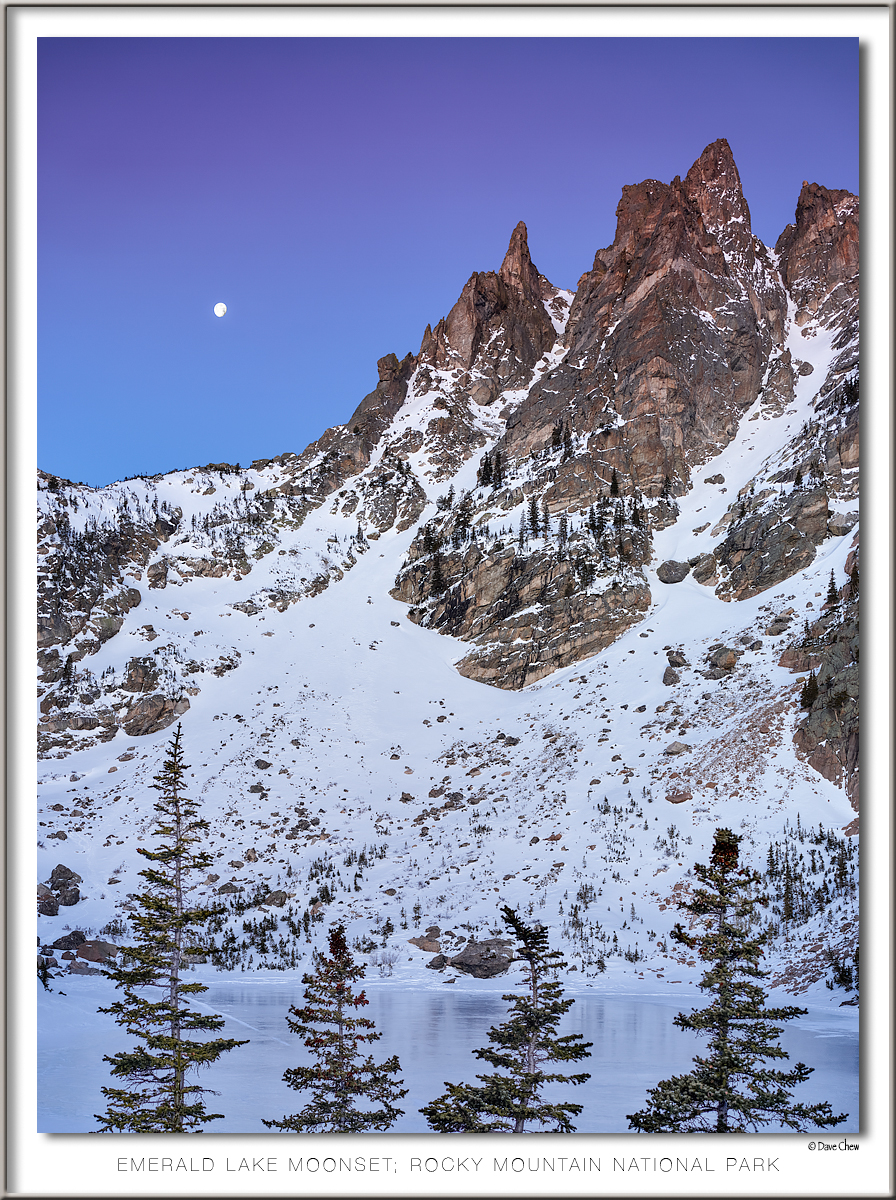I never use focus stacking, and never use tilt either. While diffraction is a very real physical phenomenon, to me it's slightly overrated on forums - it often becomes a matter for pixel-peepers and lens testers, rather than for photographers. What I mean is that first, as others said its effects on images can be mitigated; then, depending on the lens the increased sharpness even on the focus plane created by stopping a lens down can "push" the visual effects of diffraction a stop further (or more). I.e., in my lens tests, for 33x44 MF sensors I noticed that f/11-f/16 are very safe apertures to use with basically no loss of quality due to diffraction (see
HERE if interested). At the moment, I am testing now all my Rodenstock XT lenses on the IQ4 150Mp, and will share the results as soon as I'll have them.
Personally - and of course YMMV - for near-far compositions, I mostly use wide and ultra-wide lenses, where the problem is much less evident since it's easy enough to keep things in focus from my feet to infinity using careful placement of the focus point when using a 23mm on 40x54mm sensor, or a 21mm on 33x44mm sensors; when I use longer lenses, is generally not for near-far compositions, but for far-farther ones, therefore making the problem much less evident as well.
That said, there is no point for me in having a perfectly sharp, non-diffracted image of something that is not in focus where I need it to be; I'd happily trade some slight diffraction for an image composed and focussed the way I want it, rather than the other way round.
A note on tilt: tilt, as the name says, tilts the focus plane - this
can help bringing near-far composition all in focus, but doesn't work in all situations either (i.e. if you are in a cave and need both the cave's roof, floor and what is out of the cave to be in focus). There is no magic bullet here, just experience and knowing which tool to use for every different scenario

Best regards,
Vieri




